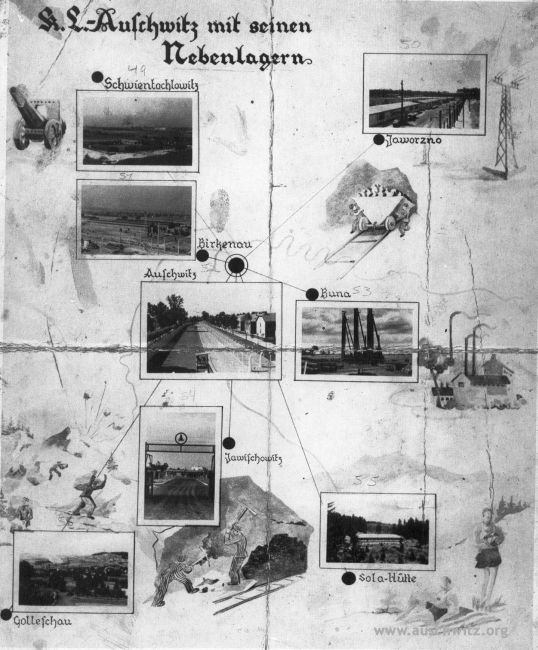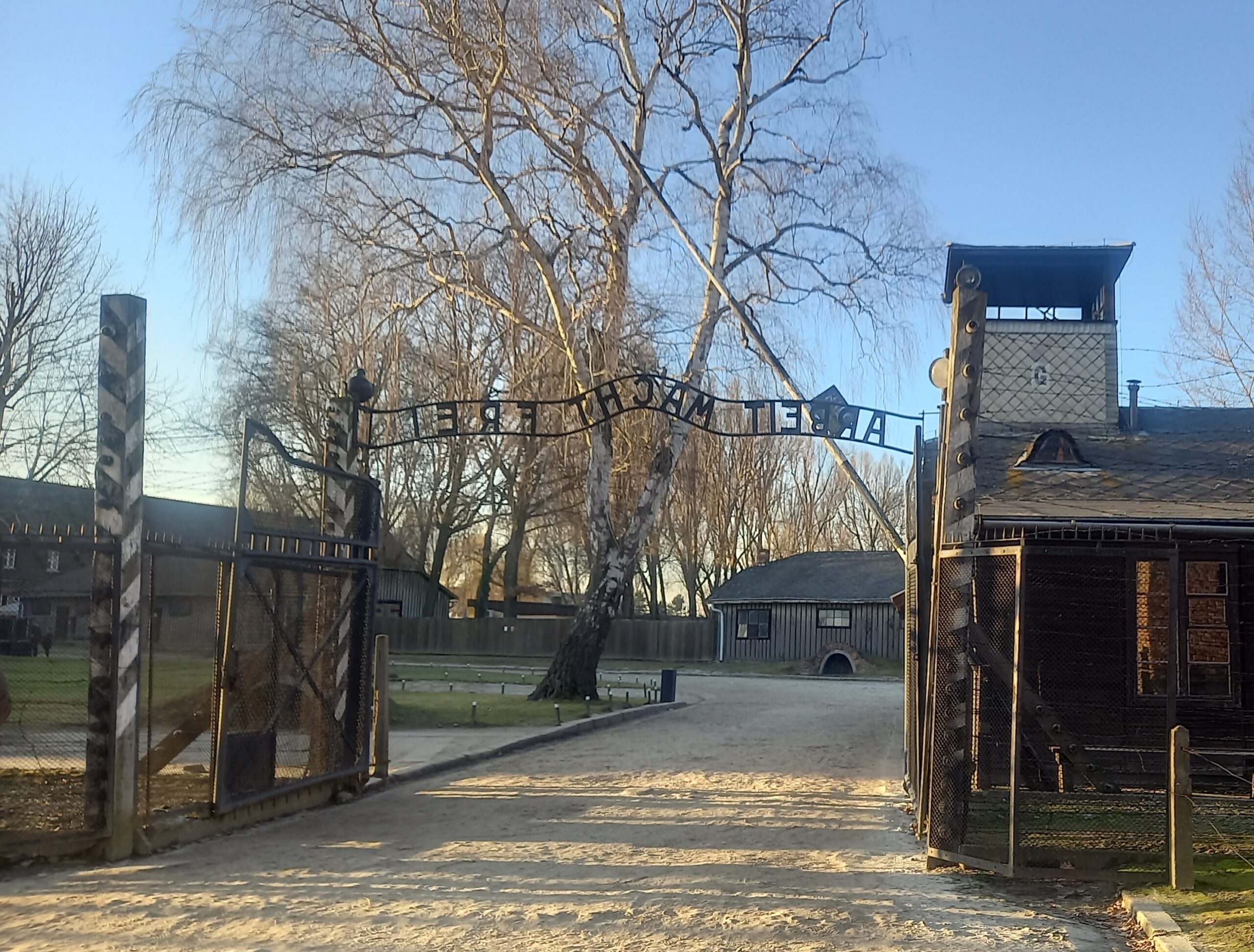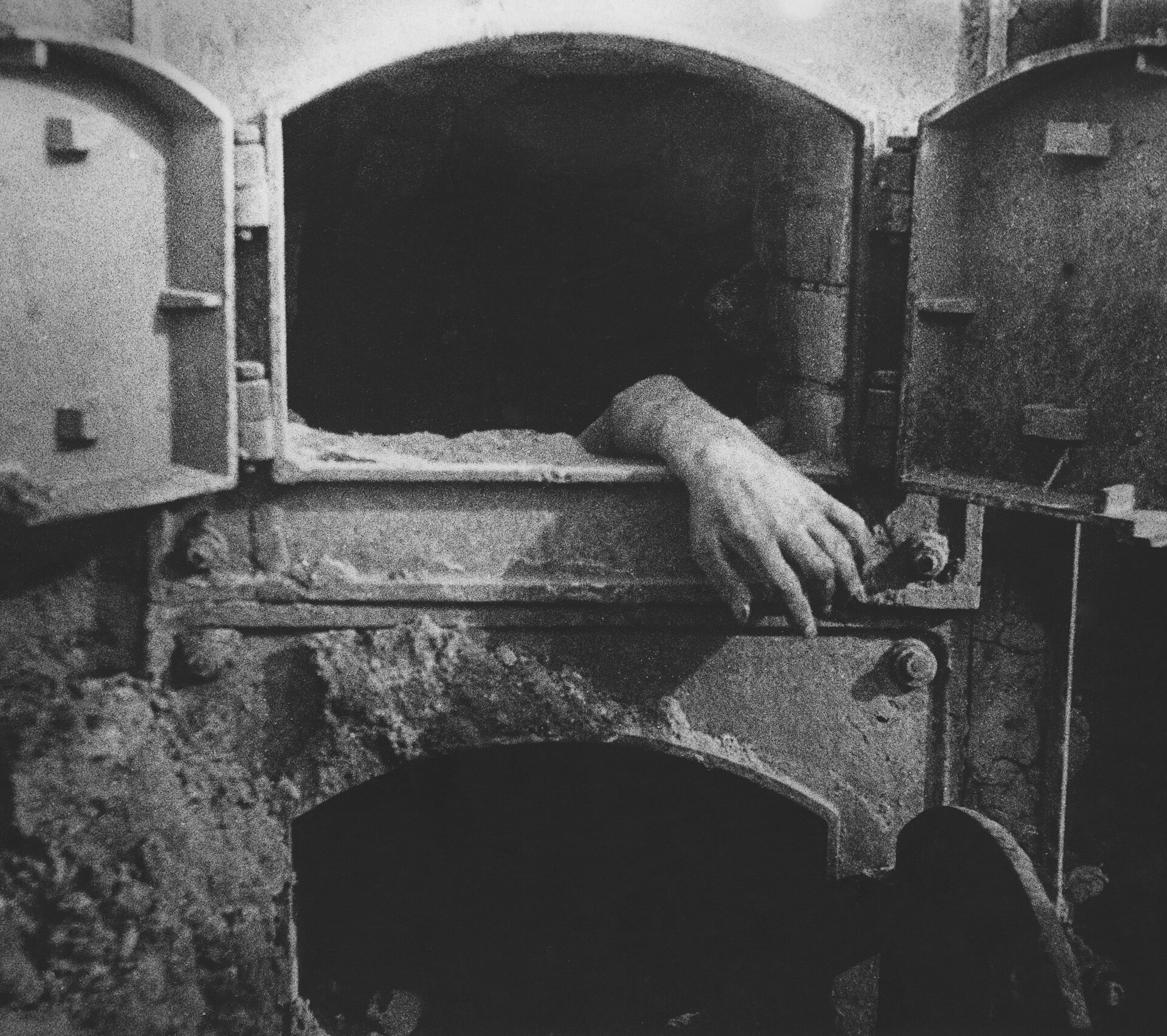
The Auschwitz Nazi German Death Camp – Oświęcim
Polish figure of the „The Holocaust” topic
Oświęcim – a small city, was chosen to become the sight first Nazi German concentration camp built in occupied Poland. Firstly, it was created to combat overflowing numbers of mostly polish political inmates incarcerated in prisons, quickly became a sight of well-organised mass genocide of Jews, Sinti and Roma people, Poles and many more people of different nationalities and religious beliefs. Auschwitz I, Auschwitz II Birkenau, Auschwitz III Monowitz and around 50 sub-camps became a place of death and for estimated 1 to 1,5 millions of people, and a place of torment and suffering for many more.
In southern, then occupied Poland, Soła, on the outskirts of small city Oświęcim, stood abandoned Polish army barracks, that were chosen by German authorities in the Inspectorate of Concentration Camp, for the location of first concentration camp in occupied Poland. The organisation of the camp to be able to receive prisoners took only few months, the works began in April 1940. May was when the first prisoners – German criminals were brought to the camp, to function as a part of the camp administration. The first transport of polish political prisoners arrived in June, and became the start of suffering, torment and misery to more than a million of people. Auschwitz I, that served as a concentration camp, was quickly expanded – Auschwitz-II Birkenau construction began in October of 1941. It was built in a nearby village of Brzezinka, with the intention of being a camp for Soviet prisoner of war, became a concentration camp for many people of many nationalities and religious backgrounds, and an extermination centre for Jews. Auschwitz III-Monowitz began it’s operation in October 1942, and along with approximately 50 other sub-camps of KL Auschwitz became the biggest Nazi German Concentration and Extermination Camp. The camp was a place of organised forced labour, torment and dehumanization of people, upon the arrival to the camp people were segregated into two categories, the first in the eyes of the SS consisted of people that were capable of work in inhumane conditions, before death from exhaustion, were admitted to the camp and received numbers that became they whole identity. The second, elderly, sick, weak and uncapable of work in their eyes, were sent straight to death in gas chambers. From 1940 to its liberation by soldiers of the 60th Army of the First Ukrainian Front on 27th of January 1945 Auschwitz Concentration and Extermination Camp was a place of death of estimated 1 to 1,5 million people. The largest group of victims were Jews – 1 to 1,35 million, then Poles up to 75 thousands, Sinti and Roma people – 20 thousands, and many more people of different nationalities and religious beliefs.
Further reading:
Auschwitz. Nazi Death Camp, praca zbiorowa, pod. red. Franciszek Piper, Teresa Swiebocka, Auschwitz Birkenau State Museum, Oświęcim 1996.
Auschwitz from A to Z. An Illustrated History of the Camp, Piotr M. A. Cywiński, Jacek Lachendro, Piotr Setkiewicz, Auschwitz-Birkenau State Museum, Oświęcim 2022.
Auschwitz 1940-1945. Central issues in the history of the camp, Volume I to V, Aleksander Lasik, Franciszek Piper, Piotr Setkiewicz, Irena Strzelecka, Auschwitz-Birkenau State Museum, Oświęcim 2000.
Facts



